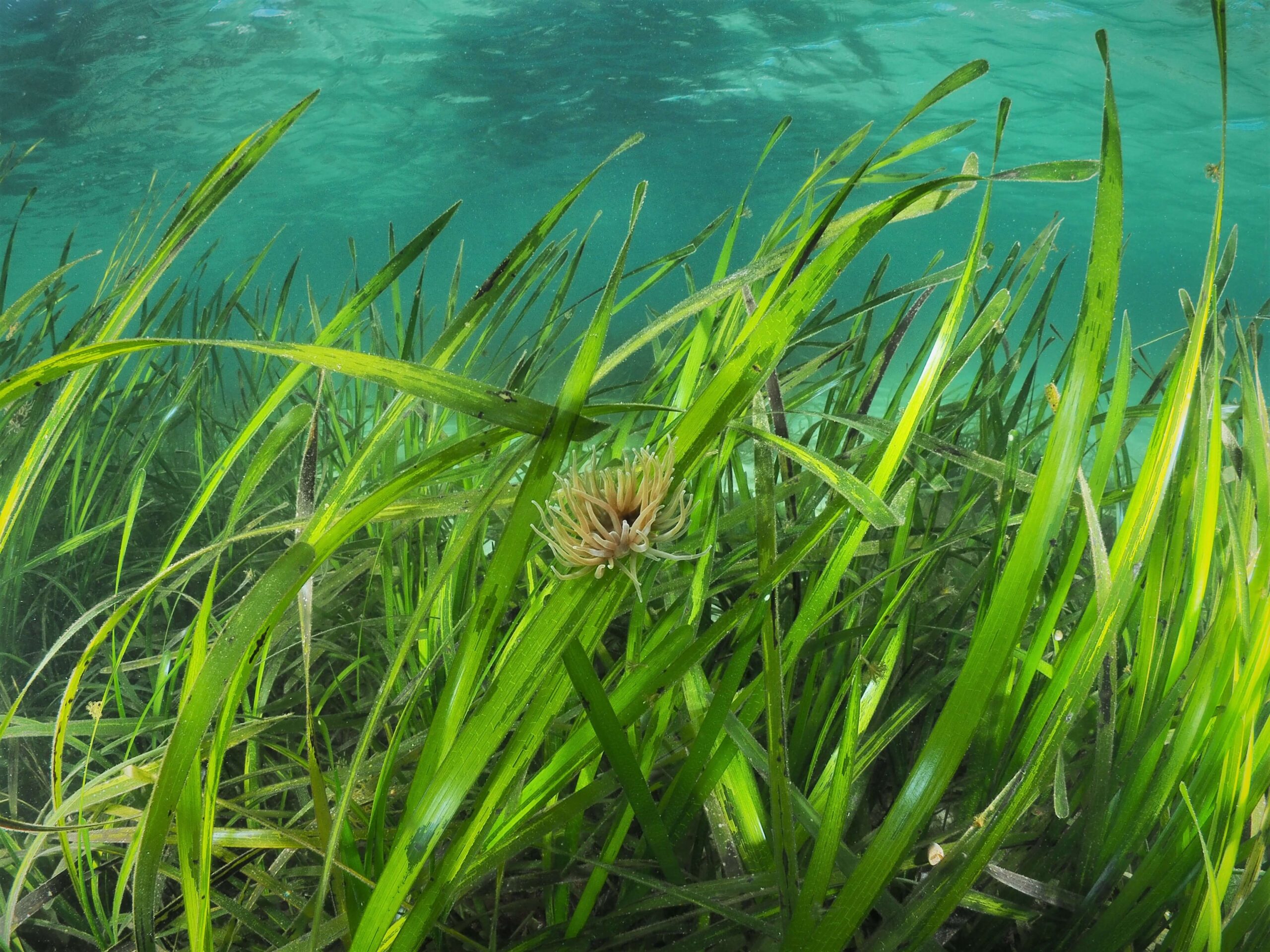In a new blog series, our Conservation Trainee Abi David explores some of the amazing creatures that call seagrass meadows their home. The snakelocks anemone is a funny looking creature commonly found around the UK. They have up to 200 long, wavy tentacles and can grow on average to about 8cm wide. These anemones are common in rock pools as they like to attach themselves to a solid surface in sunny spots, however they are also commonly found attached to seagrass leaves. Their diet generally consists of plankton, tiny crustaceans, and small fish. To catch live prey, they use sticky stinging cells in their tentacles called nematocysts which emit a paralysing, sometimes lethal, venom on contact. This venom is mostly harmless to humans, generally only causing a small rash on contact. Snakelocks anemones in the Isle of Wight Snakelocks anemone tentacles are usually a deep green with purple tips. A symbiotic algae called zooxanthellae located in the tissue helps the anemone to survive by producing essential nutrients like glucose via photosynthesis. In return, the algae receive a safe stable environment to live. Due to this need for photosynthesis, the anemone needs light so generally won’t live more than 12 meters deep. Unlike other anemone species, the snakelocks rarely retracts its tentacles, allowing them to make the most of any sunlight. A recent study discovered that snakelocks anemones move their tentacles throughout the day to follow the sun whilst its body remains in one place, similar to sunflowers! This is commonly seen in plants, but never before in animals. It is thought this movement is caused by the algae living within their tentacles. You can read more about this here. The snakelocks anemone is a Cnidarian – a group of aquatic invertebrates also including jellyfish and corals. Cnidarians have a fascinating life cycle but to put it simply, they generally have 2 body forms – a swimming medusae and a sessile polyp stage and can reproduce either sexually or asexually. However, the snakelocks anemone completely lacks the free-swimming medusa stage. This means once the sperm and eggs are fertilised, which happens externally in the water column, the larvae drop down to create another polyp from which tentacles will grow. A more common method of reproduction is longitudinal fission. This asexual method involves the anemone splitting in half to create 2 identical individuals. This process can take between a couple of minutes to a few hours. So what is a snakelocks anemone’s relationship with seagrass? These anemones are commonly found in seagrass meadows around the UK. They attach and live on the leaves, providing the anemone with a stable, sunny habitat. The seagrass protects the anemones from drying up at low tide, meaning the anemone can be in shallower waters and get more sunlight without the risk of desiccation. Are snakelock anemones an important species? Of course! Every species has an important ecological niche, i.e. a role it plays within its environment that helps maintain a healthy functioning ecosystem. Some small creatures like to live within the tentacles of the snakelock anemone, such as the incognito goby, shrimps and Leach’s spider crabs. The tentacles of the anemone provide shelter and protection from predators. Human populations also use snakelocks anemones. For example, in southwest Spain and Sardinia it is a common dish, served marinated in vinegar and deep fried.



